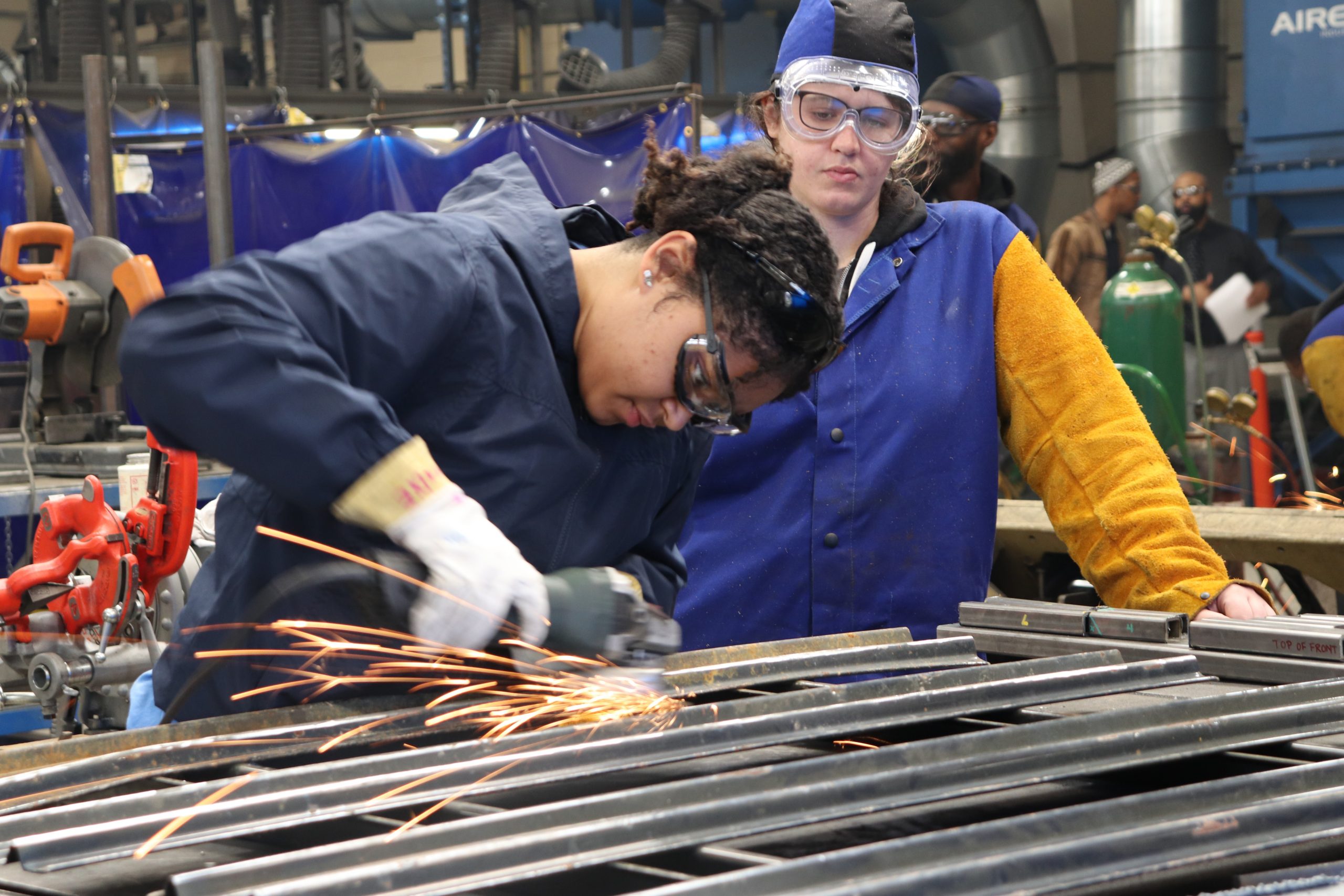The number of Americans filing new claims for unemployment benefits unexpectedly rose last week and demand for labor is slowing, with layoffs surging to a 16-month high in June as aggressive monetary policy tightening from the Federal Reserve stokes recession fears.
Initial claims for state unemployment benefits increased 4,000 to a seasonally adjusted 235,000 for the week ended July 2, the Labor Department said on Thursday. Economists polled by Reuters had forecast 230,000 applications for the latest week.
Claims have been bouncing around the 230,000 level since the beginning of June, underscoring the labor market’s strength even as some companies in the housing and technology sectors have been cutting jobs. Tesla (TSLA.O)has laid off hundreds of workers in the United States.
The claims data could become volatile in the weeks ahead.
Automobile manufacturers typically close assembly plants for annual retooling after the July 4 Independence Day holiday, which is anticipated by the seasonal factors, the model that the government uses to strip out seasonal fluctuations from the data. But a global semiconductor shortage has forced manufacturers to adjust their schedules.
This could lead to fewer temporary layoffs and result in lower seasonally adjusted claims.
The U.S. central bank in June raised its policy rate by three-quarters of a percentage point, its biggest hike since 1994, as it fights inflation. Another similar-sized rate hike is expected this month. The Fed has increased its benchmark overnight interest rate by 150 basis points since March.
Demand for labor is gradually cooling. A separate report from global outplacement firm Challenger, Gray & Christmas on Thursday showed layoffs announced by U.S.-based employers jumped 57% to 32,517 in June, the highest since February 2021.
Job cuts increased 39% to 77,515 in the second quarter from the January-March period. But layoffs in the first half of the year were the lowest since 1993.
“Employers are beginning to respond to financial pressures and slowing demand by cutting costs,” said Andrew Challenger, senior vice president at Challenger, Gray & Christmas. “While the labor market is still tight, that tightness may begin to ease in the next few months.”
Job cuts surged in the automotive, consumer products, entertainment, financial and real estate industries.

